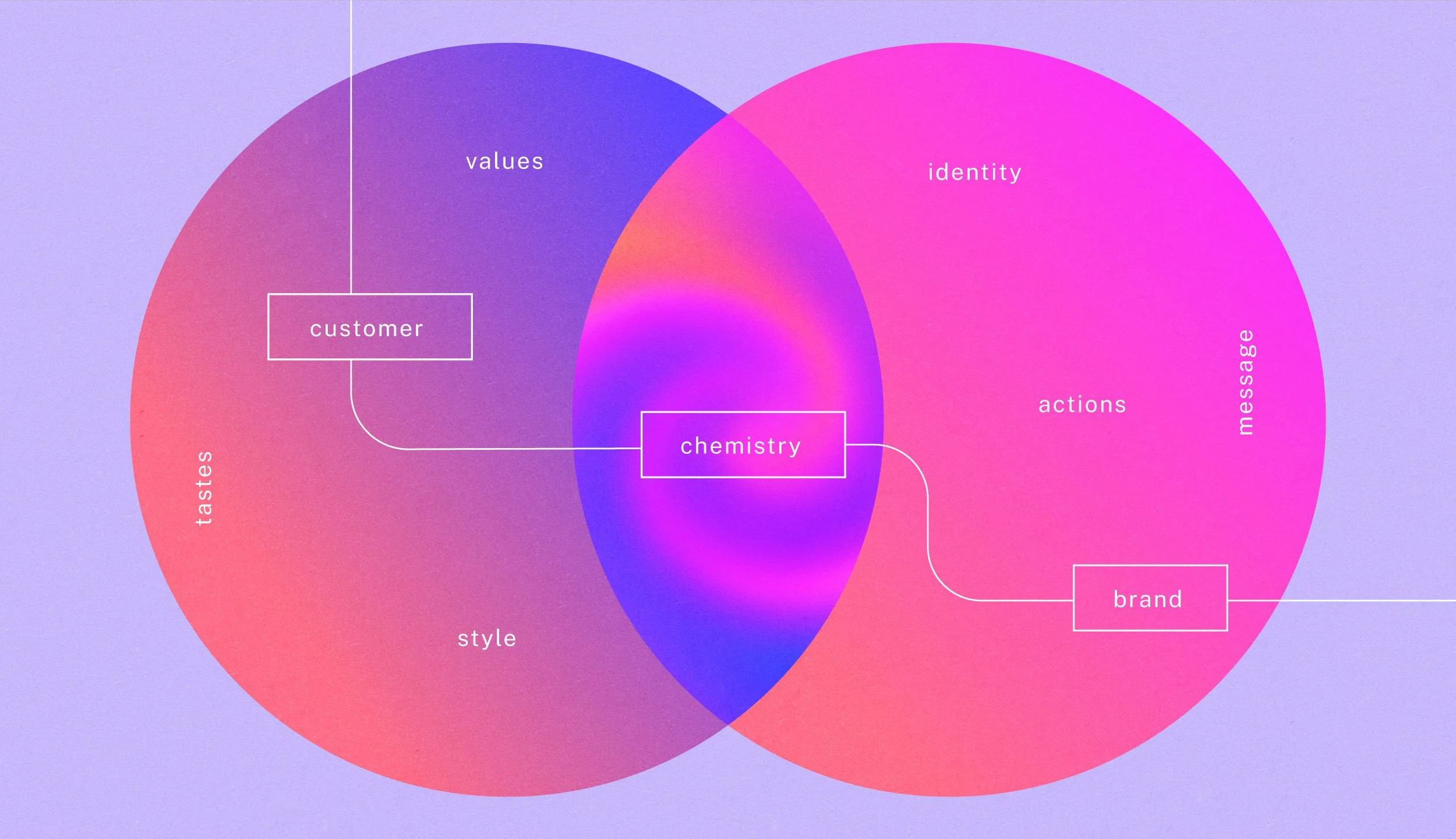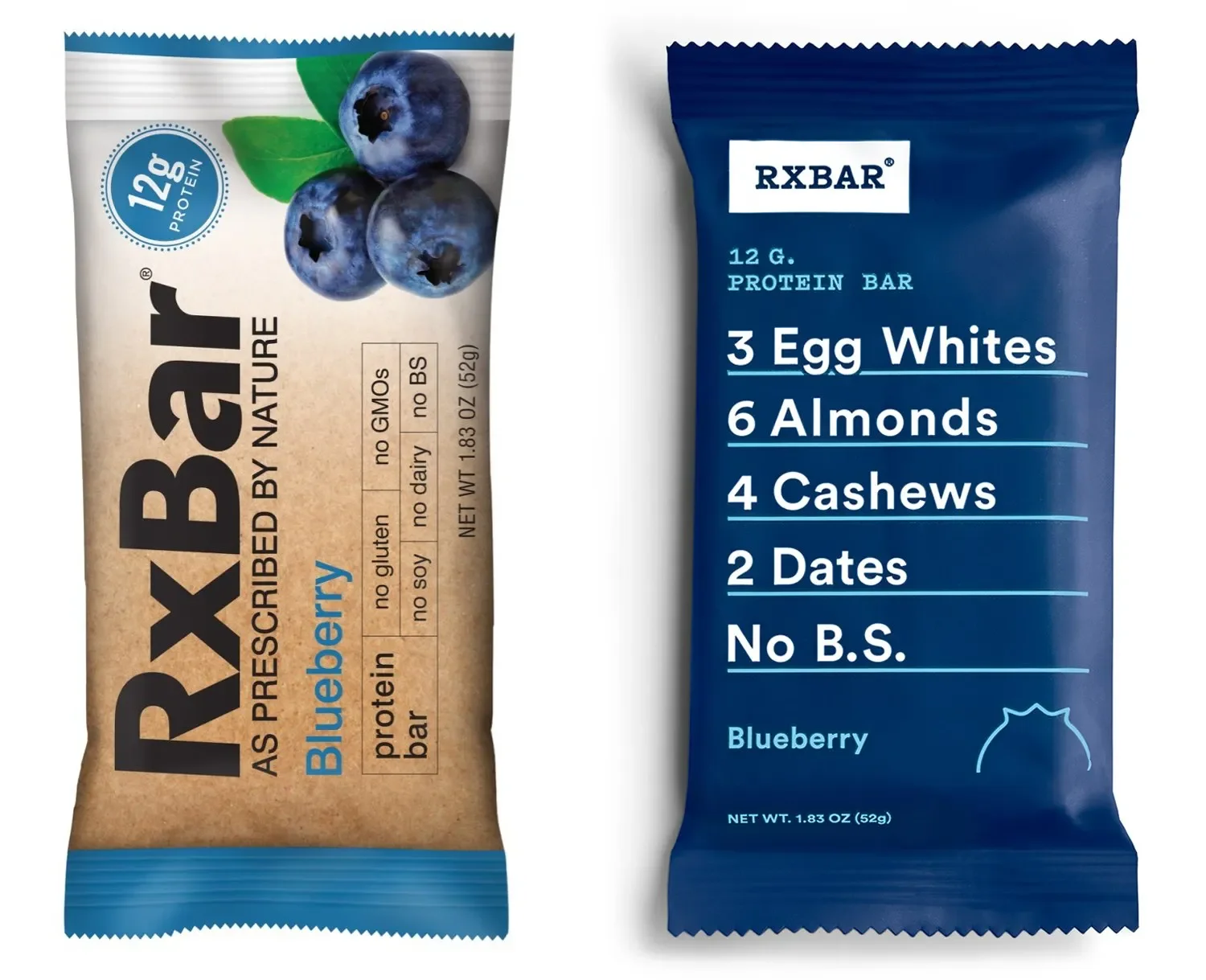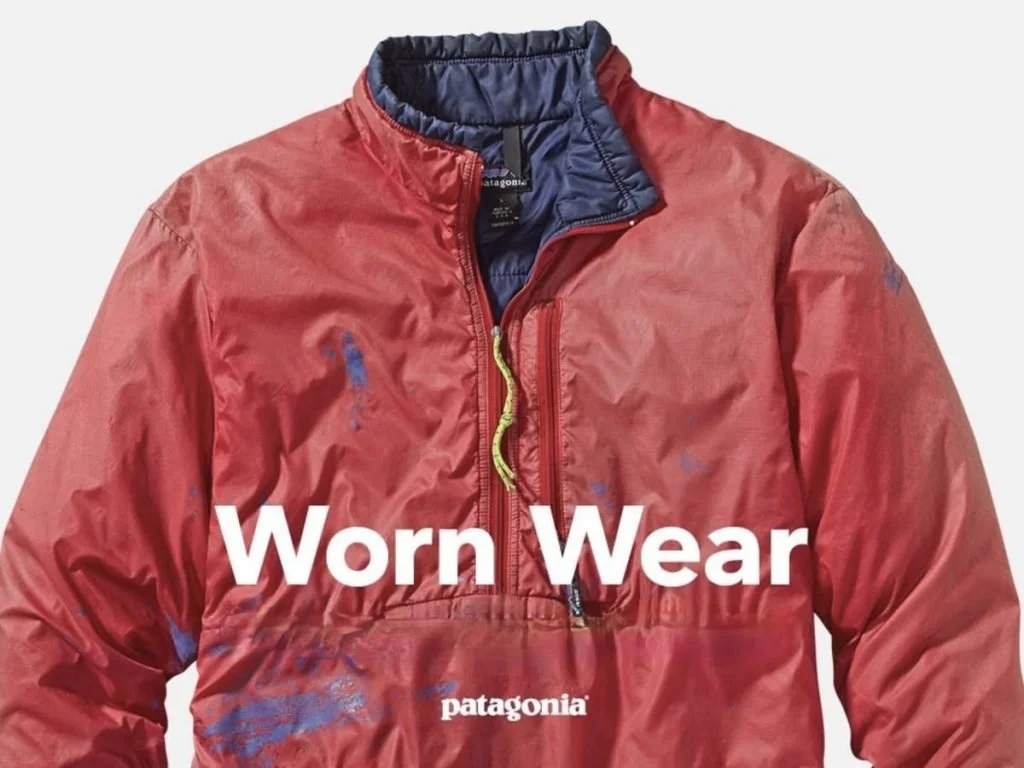Brand Regard: The Chemistry That Drives Connection
Regard is brand-customer chemistry
There are a few big questions that keep brand leaders up at night. One of the most common is: “Why do customers choose the competitor over us when our offering is just as good—or better?” When Brand A and Brand B look similar on paper, customers still find a way to choose.
But how? Do they even know?
The process people use to pick a brand is a lot like the process they use to pick a romantic partner or friend. In both cases, what’s on paper isn’t the only (or biggest) driver of the decision.
Maybe you’ve gone on a date with someone who checked all the boxes but didn’t connect in person. Or you’ve found an unlikely friendship that “just worked.” In either case, the person’s “features and benefits” were eclipsed by an X-factor.
In relationships, we call this X-factor chemistry. In branding, I call it brand regard—the feelings and thoughts someone holds about your brand. While brand relevance is how well your brand fits on paper, brand regard is how your brand feels. Like chemistry, brand regard may feel like magic, but it isn’t. It’s the result of many perceptions and interactions merged into a gut feeling that drives action (Psychological Science).
The good news for brand owners: by understanding the components of regard, you can create more chemistry with your customers.
Feelings drive decisions, especially in B2B
Marketers can get so focused on features and benefits that they can lose sight of a more fundamental question: does what we’re marketing resonate emotionally? A brand may check every box and still lose to a competitor that sparks interest, desire, and trust.
You’ve probably heard that emotions are more important than reason in purchase decisions. But if you need some proof, Gallup research indicates that about 70% of consumer decisions are based on emotional factors, with only 30% tied to rational ones.
This pattern holds true in B2C and B2B. In fact, contrary to what many marketers and owners believe, research by Google and CEB found that B2B buyers are often more emotionally connected to the brands they purchase than consumers are. That makes perfect sense when you consider that B2B purchases are almost always higher stakes and therefore rely on a strong emotional connection. For B2B’s, building brand regard is a powerful lever for reducing purchase hesitancy.
Design drives instant brand attraction
How long does it take you to form a first impression of someone? What is it based on? If you reflect on this for a moment, you’ll realize that you process how someone looks / presents themselves, what they say and how they sound, and what they do—in that order.
Design has an instant impact on brand attraction. Several studies have shown that people form design opinions fractions a second (CXL). That’s all the time it takes for audience to respond emotionally to your:
Color palette
Logo
Layout
Imagery
Typography
And more
This is why I often push back against the claim that “design is subjective.” While individual taste may be subjective, the impact of design is objective. Investing in design that creates instant attraction for your target audience is a high-leverage move that will reward you every time someone interacts with your brand.
A great place to see the power of design on display is in consumer packaged goods, where shelf presence (design) is a key driver in which products consumers reach for. RX Bar’s now-iconic design drove 700% YOY growth, not only because it connects with consumers but also because it connects with distributors who want the brand on their shelves (Scott & Victor).
Remember that all stakeholders have the same hardware between their ears telling them if they like your brand or not—not just the end user.
The first step in creating chemistry between your brand and your audience may be giving your visual identity a redesign that sparks interest.
Meaningful messaging deepens regard
Like people, interesting brands are more than skin deep. Regard starts with visual attraction, but quickly moves to an evaluation of what your brand says and how it says it. Focus on verbal branding is often eclipsed by visual branding. The result is a sea of clichéd, fluffy messaging that doesn’t spark interest.
Does your message have the ring of originality and authenticity, or is it more of the same?
Does your tone of voice reflect a personality that your target audience would get along with?
Does your messaging have a consistent core across channels, or is it disjointed and confusing?
We’ve all experienced how attraction shifts in a positive or negative direction when someone starts talking. The same is true for your brand. A strategically aligned messaging strategy and thoughtfully crafted copy go a long way to building regard for your brand.
Liquid Death built a powerhouse brand by inviting their audience to “Murder your thirst.” In a category saturated with aspirational and wellness messaging, Liquid Death offered a refreshingly playful message that resonated emotionally.
Actions and integrity solidify regard
As your audience’s evaluation of your brand deepens, they move their focus from looks to words to actions. Of course this means that your offering needs to deliver on its promises. But it also means that the values you express as a brand should be expressed by your actions as a company. Over the long run, this integrity between your external and internal brand builds reputation and loyalty, which are deep, durable forms of regard.
Patagonia has built deep regard through decades of acting on their values. Rather than just marketing themselves as sustainable like many green-washed competitors, they integrated their values through a variety of actions:
Funding grassroots environmental activism
Pioneering recycled and organic materials
Encouraging product repair through their Worn Wear program
Transferring company ownership to the Patagonia Purpose Trust and Holdfast Collective, directing all profits to environmental causes
Many of these actions, taken individually, have a negative ROI. So why do it? First, because these actions seem to align with the actual values of Patagonia’s leadership. That’s reason enough. But I’d argue that the boost these actions give to brand regard, and the resulting lift in customer loyalty, are where the return really lies.
Get honest about your brand chemistry
Regard is the chemistry that drives connection, loyalty, and advocacy. It isn’t simple, but it isn’t mystical either—it’s the result of many cues and interactions with your audience. If you want your brand to have more spark than it does right now, start by honestly asking yourself:
What overall first impression does our brand make for our primary audience and other stakeholders? Is this impression driving interest or creating drag?
How does our visual identity and overall look and feel stack up compared to our strongest competitors? How do we know we’re being objective about this?
If we compared all of our messaging to our competitors’ messaging and removed what we’re both saying, what would be left that’s unique to us? Is our message and tone setting us apart or just filling up space?
Are our values integrated through our brand, customer experience, team culture, and corporate actions? Are we expressing a purpose that resonates emotionally?
Leaders considering a rebrand, big or small, must ask these questions to protect and amplify regard. Want to dive deeper? Referent’s Brand Audit assesses regard and 4 other value drivers to reveal where you have room to grow. There’s no “secret trick” to creating love for your brand, but a thoughtful analysis can lay out a clear path to building chemistry that builds your business.
Looking forward,
Aaron Tovi
About the author
Aaron Tovi has helped 100+ brands launch and evolve their strategy, design, and messaging. He’s the Founding Director of Referent, a strategy-driven rebranding agency.
Sources and further reading
Psychological Science: Chemistry Between People
https://www.psychologicalscience.org/observer/chemistry-relationships
Gallup: Customer Brand Preference Decisions
https://www.gallup.com/workplace/398954/customer-brand-preference-decisions-gallup-principle.aspx
Google & CEB: From Promotion to Emotion
https://www.thinkwithgoogle.com/_qs/documents/3988/promotion-emotion-b2b_articles_q5pm53H.pdf
CXL: First Impressions and Visual Design
https://cxl.com/blog/first-impressions-matter-the-importance-of-great-visual-design/
Scott & Victor: RXBAR Case Study
By Aaron Tovi
mm/dd/yy





